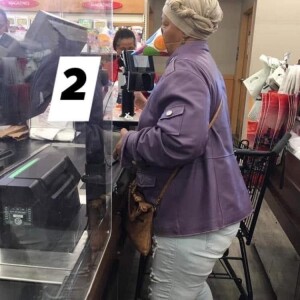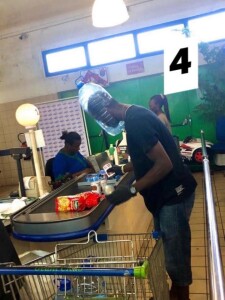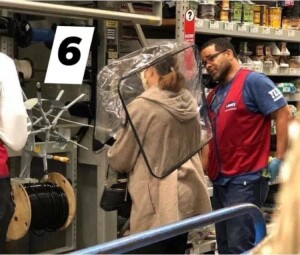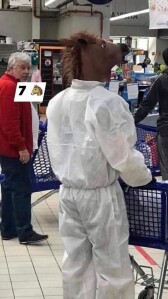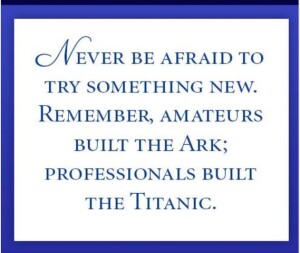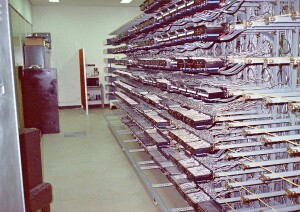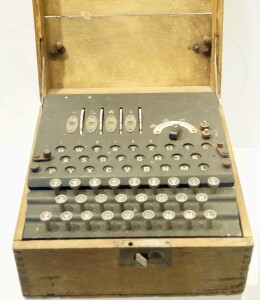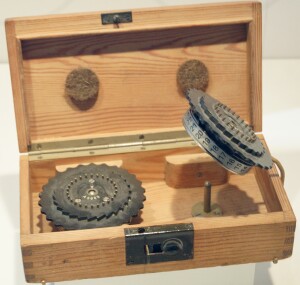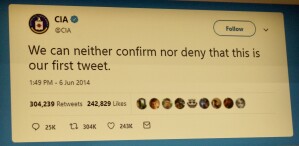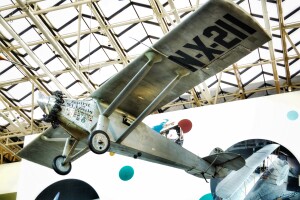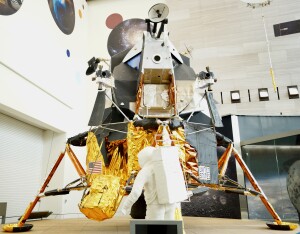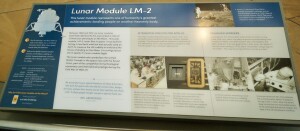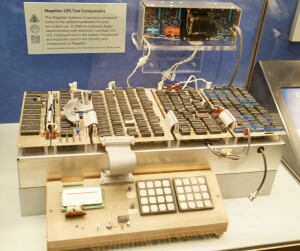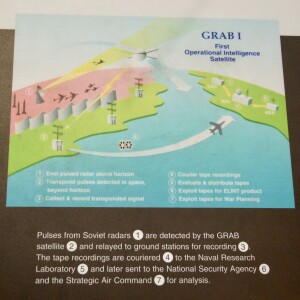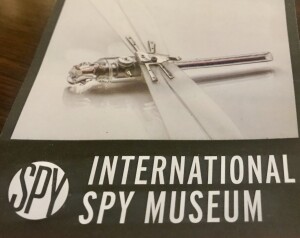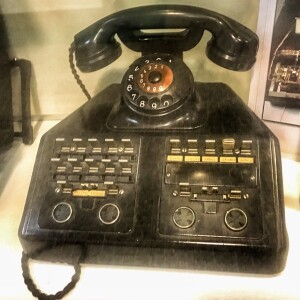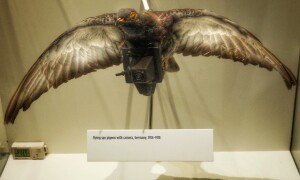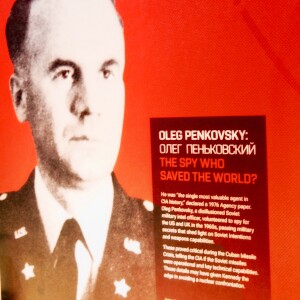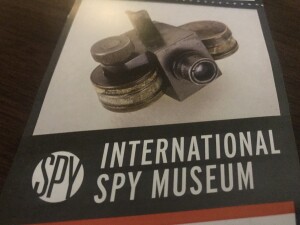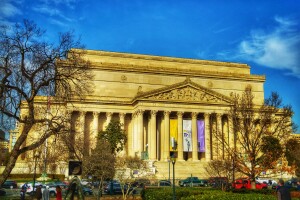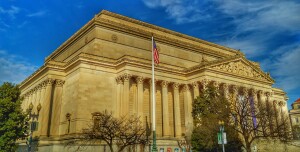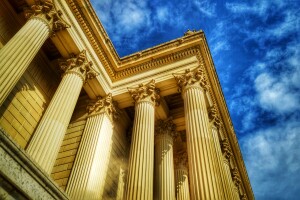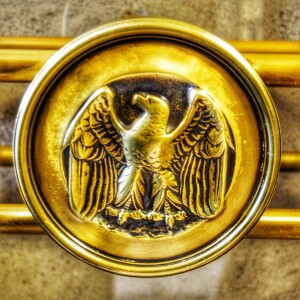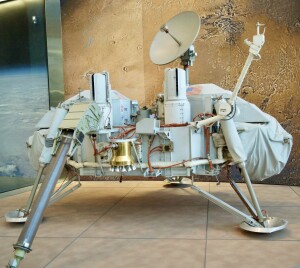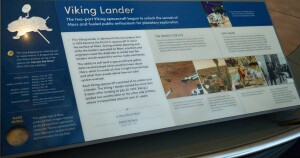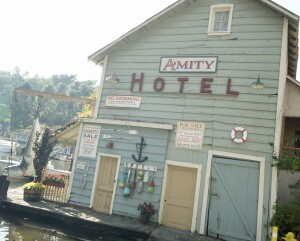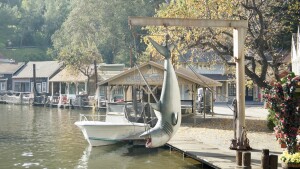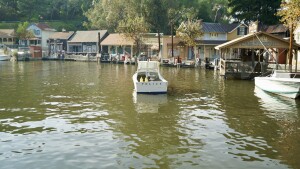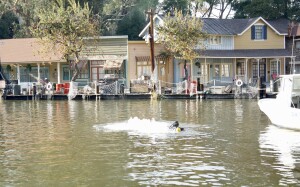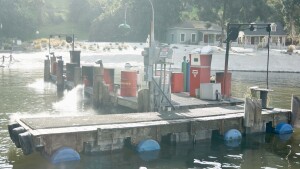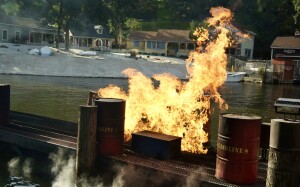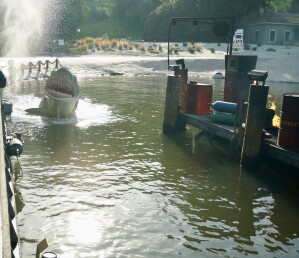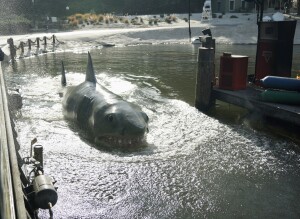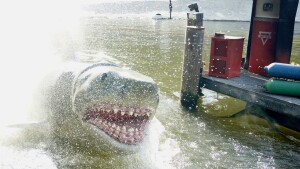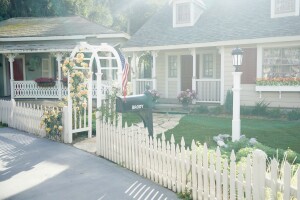Two Treasures in the House
That’s Why They Are Called Wildlife
Squirrel Superhero Pose
During this time of the COVID-19, otherwise known as the Coronavirus, I have been feeding a local squirrel. I’ve been feeding it different things to see which it prefers as I am trying to make it fat like the gopher off the movie “Caddy Shack.” A friend sent me a meme that showed how squirrels make superhero poses. Ever since I received that meme I have been taking photos and trying to catch the squirrel in action to see if I can get a photo of it. Low and behold I was able to catch a photo of a squirrel in a pose that make it look like a superhero. Now that’s one awesome squirrel!
Chicken and the Egg Prank
Kadena Technical Control Facility Intermediate Distribution Frame
I belong to a group of people who share stories, photos, and stuff about different places they work. Here is a photo of the Kadena Airbase Tech Control Facility’s intermediate distribution frame that another person shared. He said this photo was from the 70’s or 80’s. What’s funny is when I was there in the 90’s and 2000’s the frame didn’t look much different. Maybe fewer wires, but that’s about it. It definitely takes you down memory lane remembering the different types of equipment I’ve worked on over the years. He’s one to the Air Force and to fellow Tech Controllers.
German Enigma Machine
This is a four rotor Enigma machine that was created by German around the time of 1943-1944. Germany built this rare Enigma for its ally, Japan. You can tell by both the character and the fourth rotor. Germany was unaware that Britain had cracked the Enigma they added the fourth rotor in 1942 to strengthen it.
The British called the device’s messages “Shark.” It took nearly a year to crack, and only after capturing key sheets from a German U-boat. In the interim, Nazi subs sank more than 2 million tons of Allied supplies.
Videos of People Eating Disgusting Things
Lunar Module 2
Between 1969 and 1972, six lunar modules essentially identical to this one landed a total of 12 American astronauts on the Moon. This lunar module, LM-2, never flew into space. It was built for testing in low Earth orbit, but was actually used on Earth to measure the LM’s ability to withstand the forces of landing on the Moon. It is configured as LM-5, Apollo 11’s lunar module Eagle.
The lunar module also symbolizes the United States’ triumph in the space race with the Soviet Union, part of the competition for technological supremacy and International prestige during the Cold War of 1945-91.
Siemens-Halske W38 Phone
This switchboard operator’s desk telephone was manufactured by Siemens-Halske in Germany. It is believe the history of this specific device was removed from one of the U.S. Missions in Germany. A close inspection of the typed labels for the switches are in German.
The telephone was called “REIPOS”. The bulk of the unit is made from Bakelite, a popular material used in the manufacture of early telecommunications equipment. It has 4 incoming lines and 10 outgoing lines. It would have very likely been located at the embassy or consulates operators room.
Oleg Penkovsky: The Spy Who Saved the World
Oleg Penkovsky is best known for being declared as the “single most valuable agent in CIA history.” Penkovsky was a Soviet intelligence officer who volunteered to for the United States and the United Kingdom during the 1960’s. He would pass military intelligence secrets that shed light on Soviet intentions and weapon capabilities. This information proved to be critical during the Cuban missile crisis as it let the CIA know the missiles were operational and key technical capabilities. That information may have given John F. Kennedy the edge he needed in order to avoid a nuclear confrontation.
The United States National Archives
Went to the United States National Archives to see the Constitution, the Declaration of Independence, and the Bill of Rights. I wanted to take a photo of the Constitution, however when I got there they had signs up stating no photography. After inquiring why they informed me it is because the light affects the actual document and the ink on the document. They also informed that previously to get into the building you would have to walk through the front door, however you don’t enter that way anymore because the sunlight that would come into the building every time the door was opened would fade the ink. The room lighting is dim, the documents are kept at a specific temperature range, they are stored in an inert gas, and the light is strictly controlled in order to preserve the documents. Even after learning about all that it was still an awesome experience to be able to see first-hand the most important documents in the United States.
The Viking Lander at the Smithsonian
The Smithsonian Museum of Air and Space located in Washington D.C. is the host to many free exhibits that are the culmination of different major events throughout history for both flight and space travel. The Viking Lander shown here is one of those exhibits. The Viking Lander is best known for being the first U.S. spacecraft to reach the surface of Mars in 1976.


